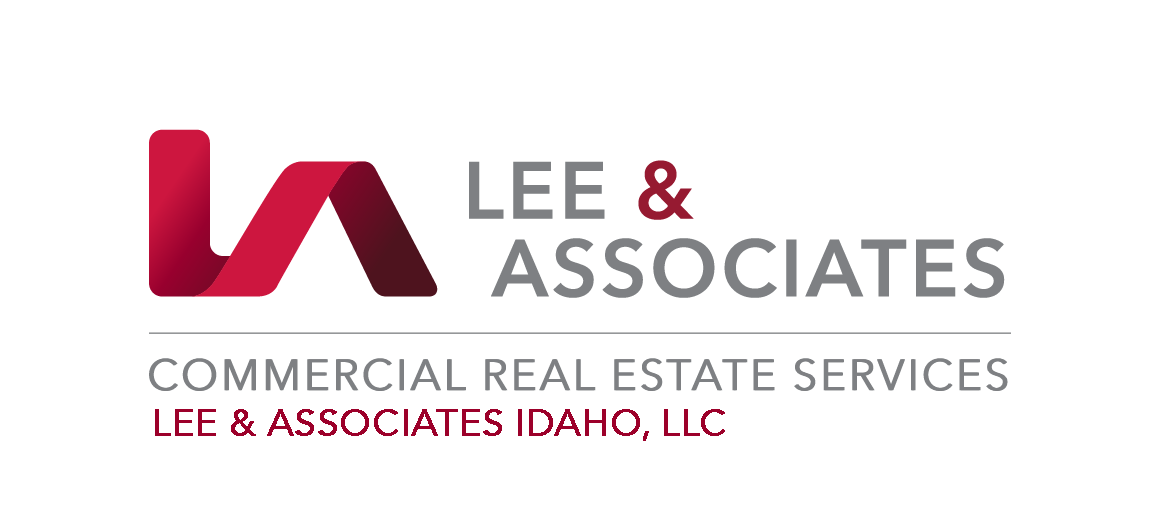Q2 2023 Economic Reports
/GDP GROWTH: TRENDING IN Q2 2023
The Commerce Department said the U.S. economy grew at a 2.4% annual rate in the second quarter, an increase from the 2% gain in Q1, defying both expectations and attempts by the Federal Reserve to slow it down to curb inflation.
Economists are now scaling back their prediction that national output will be pushed into a recession this year due to recent interest rate hikes by the Federal Reserve to reduce inflation. The central bank has raised the benchmark rate 11 times since last year. A unanimous decision by the Federal Open Market Committee in late July raised the benchmark rate to a range of 5.25% to 5.5%, a 22-year high.
Meanwhile, inflation was held in check in the second quarter. The personal consumption expenditures price index gained 2.6%, down from a 4.1% first-quarter rise and well below the Dow Jones estimate for a gain of 3.2%. “It’s great to have another quarter of positive GDP growth in tandem with a consistently slowing inflation rate,’’ said Steve Rick, chief economist at TruStage. “Consumers are getting a reprieve from the rising costs of core goods, and the U.S. economy is off to a stronger start to the first half of the year.”






